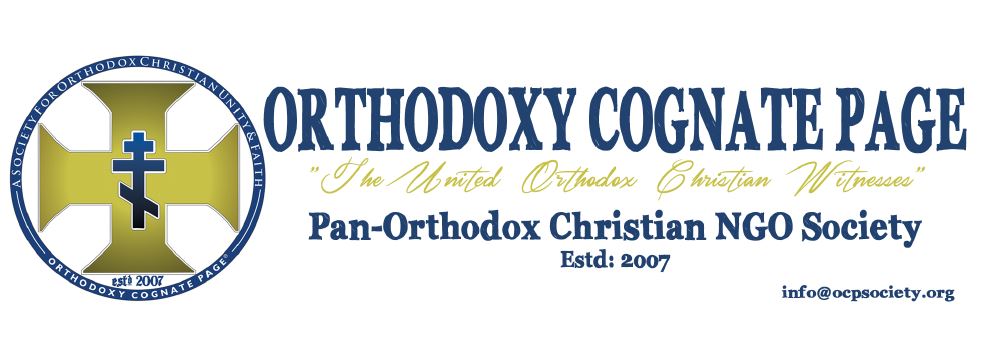Jerusalem’s Sacred Music Festival truly has something for everyone
26/8/13
Emahoy Tsegué-Mariam Guèbru, a 90-year-old Ethiopian nun, joins the Grateful Dead’s legendary drummer Mickey Hart at some of Israel’s most spectacular venues.
JERUSALEM, Israel — With an agreeably stunned expression, still jet-lagged, Eric Isaacson, the owner of Mississippi Records — an indie vinyl company that is located in Portland, Ore. — tried to explain the circumstances of his first visit to Israel, where he was a guest of the Sacred Music Festival, in Jerusalem.
“Last night at 3 in the morning I was at Tibetan monks drumming, and 10 minutes later I was at a Pakistani wedding orchestra. No! Palestinian! Then there was something rasta, I don’t know at what time,” he said, adding, “It’s very surreal.”
Isaacson was speaking midday Friday, having stayed up for most of the Night Stroll, an all-nighter that has become the identifying stamp of this festival, which is part academic, part esoteric, deep in musicianship and experimentality and exceptionally vivid.
Video courtesy of Jerusalem Season of Culture:
Early in the all-nighter, a little after 1 a.m., Zedekiah’s Cave, a five-acre underground warren that once served as King Herod’s quarry, was bathed in sparkling golden lights, its walls echoing with the a capella voices of five young women singing John Zorn’s new creation, “Song of Songs & The Holy Vision.”
Outside, vendors (corn on the cob, kebabs, salty, boiled lima beans) appealed to the motley collection of festival-goers, everyone from well-pressed New Yorkers who had flown in specifically for the festival, and were trying to keep on New York time so as to last the night, to more difficult to define local alterno-Orthodox Jews. Mothers accompanied by teenaged children clutched blankets as they tramped from a Mystic Circle (3 a.m., in the moat surrounding the Tower of David Museum) to a Women’s Singing Circle on the lawn (4:30 a.m.).
The museum, itself a towering medieval citadel offering a 360-degree view of the city, provided the festival with no less than seven stages, with bleary-eyed devotees trekking up three steep flights to the windy rooftop, then down to the cavernous Crusader’s Hall.
Earlier in the night, the Mickey Hart Band played the Mount Scopus Amphitheater, a traditionally shaped Greek stage atop a hill, with the Judean Desert spilling out beneath it and the distant lights of Jordan twinkling in the night. A Spanish tourist, Manuel, beer in hand, thought he was the butt of a joke when told by a fellow Israeli attendee that the lights he was seeing were in Jordan, and started questioning members of the public around him.
Mickey Hart, the Grateful Dead’s legendary drummer, now 69 years old, called out, “We’ll all be gone, leaders will all be gone, but music lasts forever! Remember that! Do something good tonight!”
Video courtesy of Jerusalem Season of Culture:
Apart from taking advantage of some of the Holy City’s most spectacular venues, the Sacred Music Festival, part of Jerusalem’s Season of Culture, seems to have found the key to combining the spiritual and the material in a three day fete that appeals to a wide variety of music aficionados.
“A lot of people in the sacred music world don’t play in any secular venues,” Isaacson says. “This festival takes people out of those settings and puts them in front of unrelated audiences, of people from other groups or religions who’d never be exposed.”
This year’s festival standout, and the reason for Isaacson’s visit, is Emahoy Tsegué-Mariam Guèbru a 90-year-old Ethiopian nun and unclassifiable composer who was hearing her works in orchestral form for the first time. The festival showcased her work with three concerts.
Tsegué-Mariam Guèbru, whose music combines elements of her life and studies in Ethiopia, Switzerland, Italy and Jerusalem, cut a few records and was on the verge of becoming well-known in the 1960s before her career was interrupted by political upheaval, and then a religious awakening.”
“The story of Emahoy Tsegué-Mariam Guèbru is a story of faith,” writes Itay Mauntner, the season’s artistic director, in a chapbook that accompanied the concerts. “Faith in the extraordinary power of music, in the ability of a creative work to transcend the personal, to weave its way slowly into the hearts of audiences all over the world, and her faith in the Creator of the world.”
Isaacson’s label handles her music. “It was her dream to have a string orchestra interpret her work,” he said of the nun, who sat front and center at the concerts. “She was not recognized in Ethiopia; when she became religious her music is not quite church music. We’re hoping this festival may change this. It’s a very extraordinary moment for her.”
Back in Oregon, Isaacson has six hours of Guèbru’s unreleased material waiting. “She alternates between jazzy and classic, contains an entire universe. It’s a little like discovering a Beethoven, but from his complete oeuvre.”

440322 44816Sweet web site, super pattern , real clean and utilize genial . 801593
945522 724942Quite fascinating info!Perfect just what I was looking for! 668445